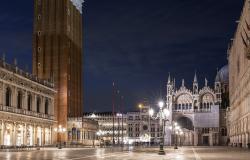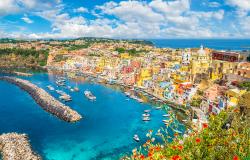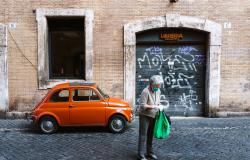Baroque Beauties: Eight Cathedrals of Sicily’s Val di Noto
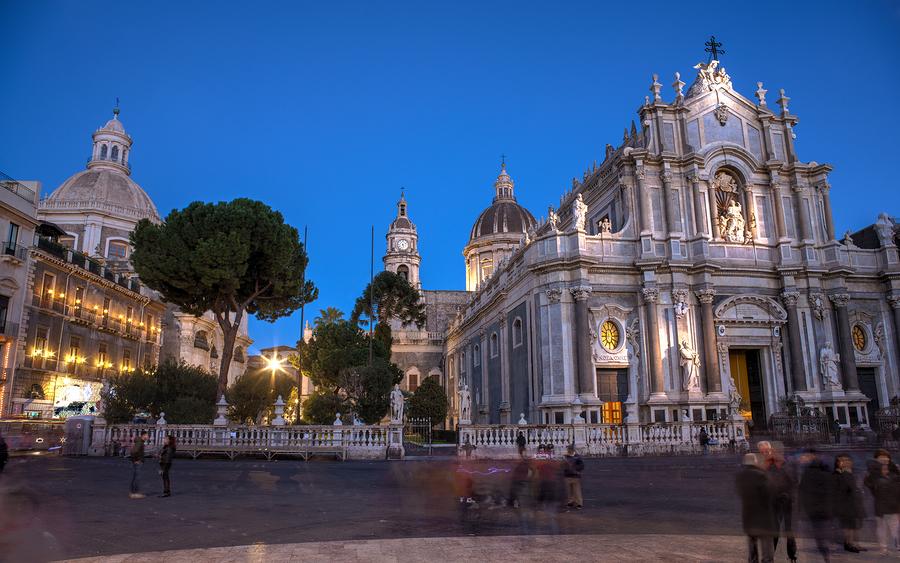
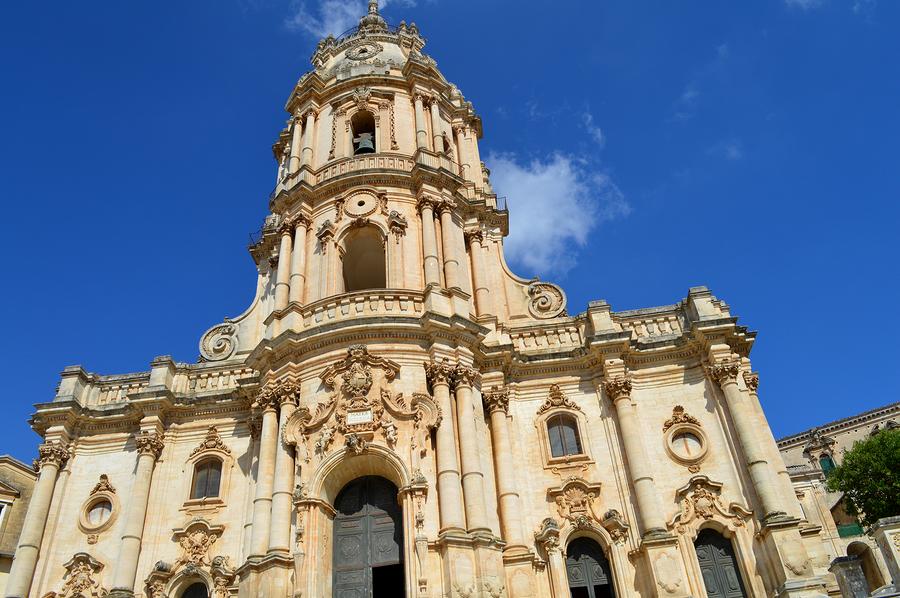
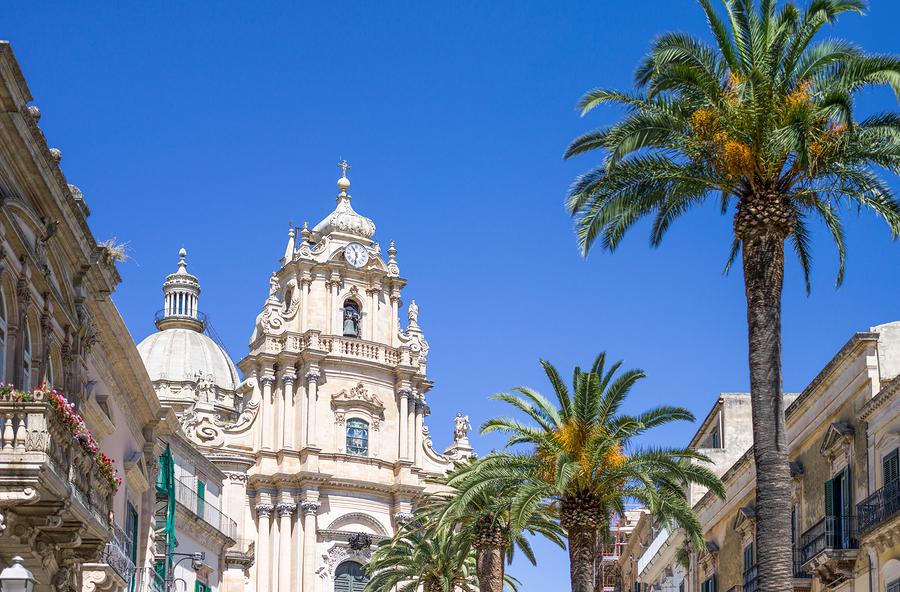
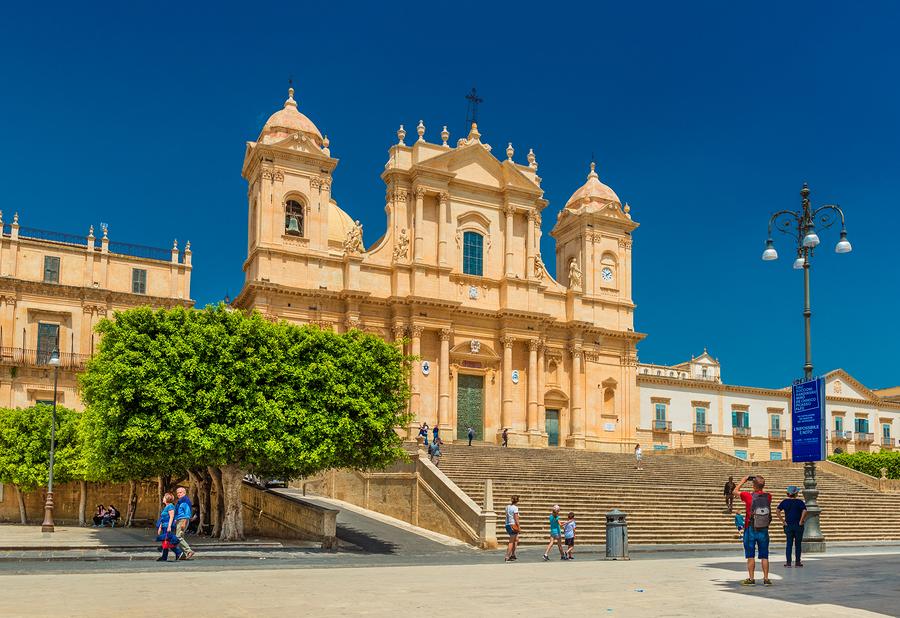
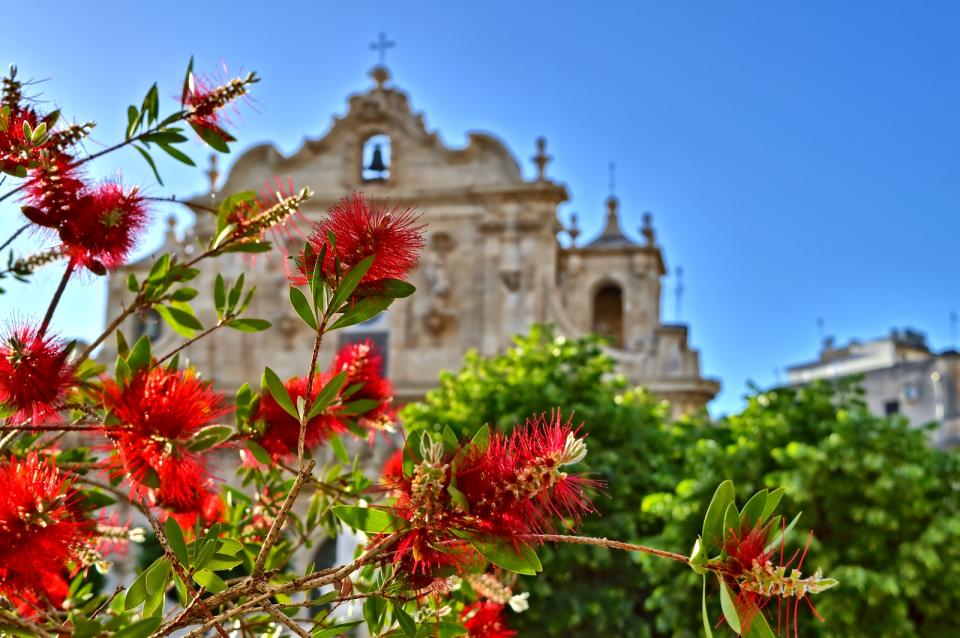
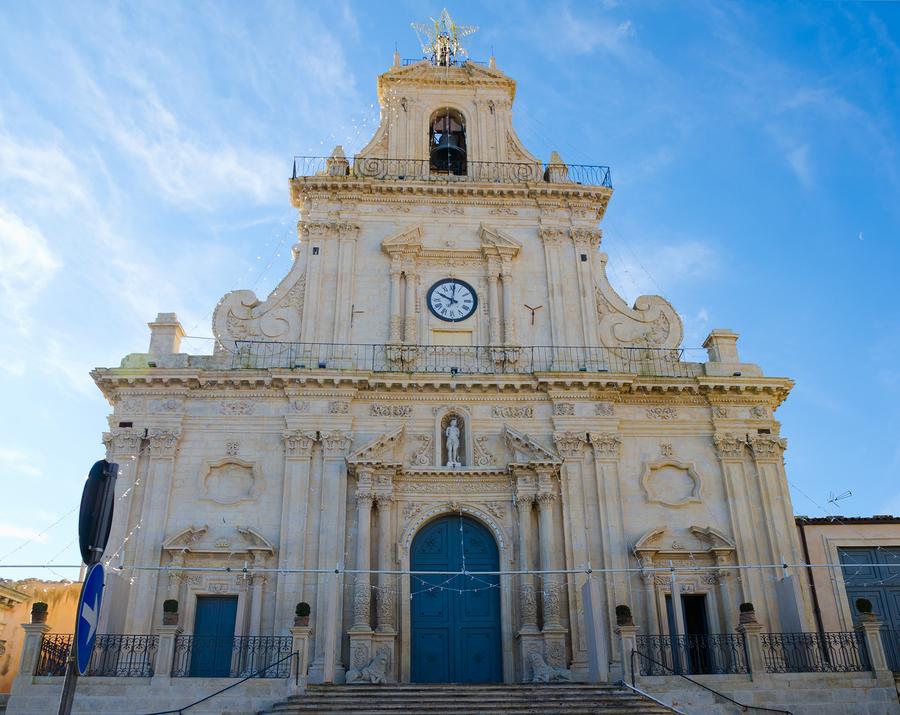

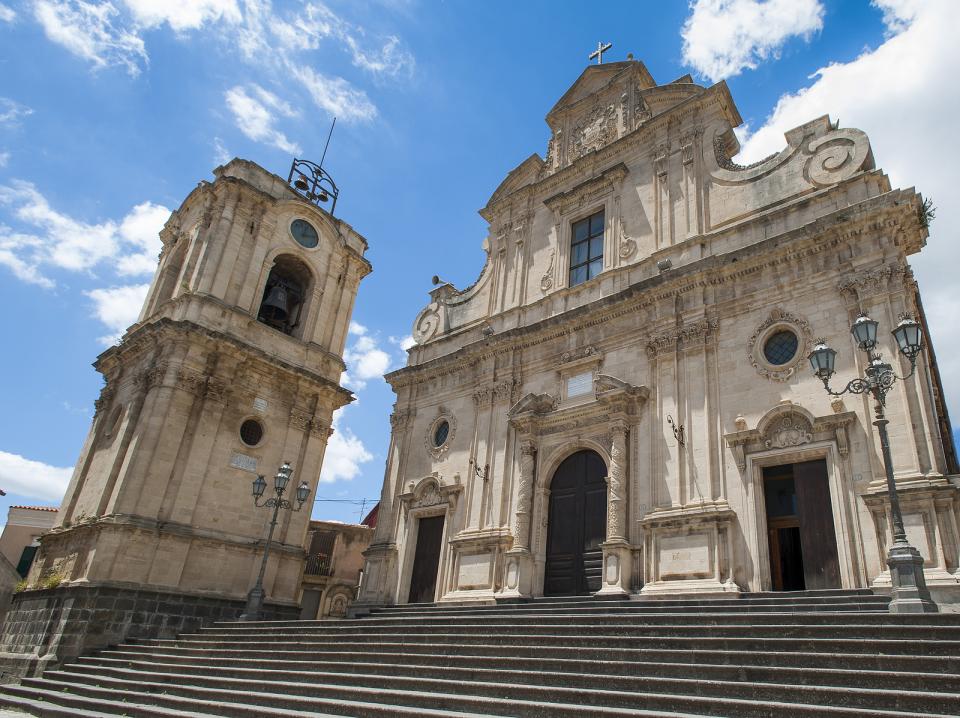
Sicilian Baroque is a distinctive form of Baroque architecture in Sicily, which flourished after a massive earthquake in 1693 destroyed at least 45 towns in south-eastern Sicily, among them Catania, Ragusa, Modica, Scicli and Ispica.
Rebuilding began almost immediately; local architects, many of whom had trained in Rome, were inspired to recreate the sophisticated Baroque architecture that had become popular on the mainland, influencing in turn other local architects.
Sicilian Baroque style is recognizable not only by its typical Baroque curves and flourishes, but also by its grinning masks and putti (sacred cherubs, depicted as chubby male children).
At the time, Sicily was part of the Spanish Empire, and the lavishness of the architecture was connected with the local politics at the time; rule of the region was effectively delegated to the native aristocracy. While the poor rebuilt their housing in the same unadorned, unrefined style as before, the noble by contrast wanted to show off their power and wealth.
Unesco has selected eight towns in south-eastern Sicily - Caltagirone, Militello Val di Catania, Catania, Modica, Noto, Palazzolo, Ragusa and Scicli – which were all rebuilt after 1693 in a late Baroque style “of high quality and of a remarkable homogeneity as a result of the circumstances of time, place, and social context in which they were created.” In addition, they “display distinctive innovations in the town planning and urban rebuilding.”
The Unesco serial site is known as the “Late Baroque towns of the Val di Noto,” where the eight towns “represent the culmination and final flowering of Baroque art in Europe.”
We have selected their cathedrals or mother churches as prime examples of this original style of Baroque architecture.
